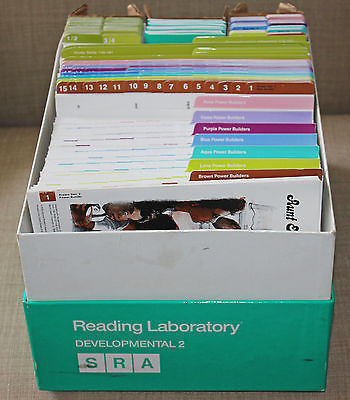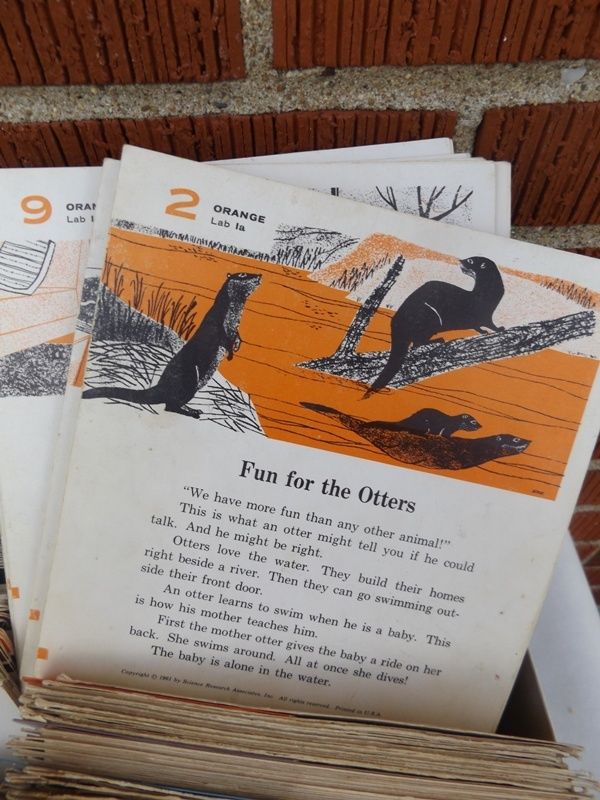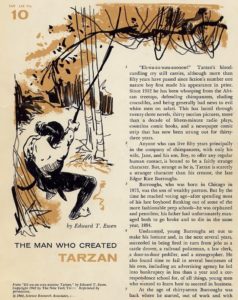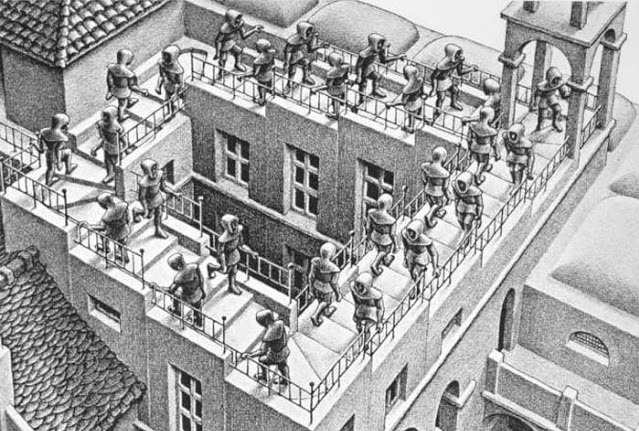I have a son with dyslexia. My husband has dyslexia. And now a granddaughter too. It’s important to look at the upside of dyslexia. Researchers have discovered a “gifted side” for those with dyslexia. My husband has always claimed that he can see the big picture in difficult engineering tasks. This was never acknowledged in school. He suffered with reading as a child, especially since no one recognized it as dyslexia. He says he never got out of those SRA books of the 1960s. He never got out of the lowest level. To tell you the truth, the SRA reading program was a poor way to introduce reading to anyone. I hated it.

SRA reading program of the 1960s

SRA reading page

SRA reading page
Many kids with undiagnosed dyslexia were made to feel stupid or slow. Many still feel that way. But they shouldn’t. They are gifted in other ways.
The word “Dyslexia” comes from the German root dys (difficult) + Greek lexis (speech)
It’s a general term for disorders that involve difficulty in learning to read or interpret words, letters, and other symbols. (p, d, and b all look the same). It’s like looking at a chair, held upside down, lifted into the air. No matter which way it is held, it’s still a chair. That’s why the p, d and b all look the same to the person with dyslexia.
It has nothing to do with intelligence. In fact, many have a high IQ and are gifted in the arts and sciences. Look at the likes of Albert Einstein, Thomas Edison, and Leonardo de Vinci.
Another study found that graduate students with dyslexia can learn and use difficult astronomical images, whereas non-dyslexic students were unable to catch on. They concluded that people with dyslexia might be superior learners.
Dyslexics also tend to be more curious, creative, and intuitive than average. They tend to be highly aware of the environment, inventive, and good at real world tasks. Their special mode of thought also produces the gift of mastery: once they have learned something experientially, they understand it on such a deep level that they know how to do things intuitively without thinking about how. (ref)








